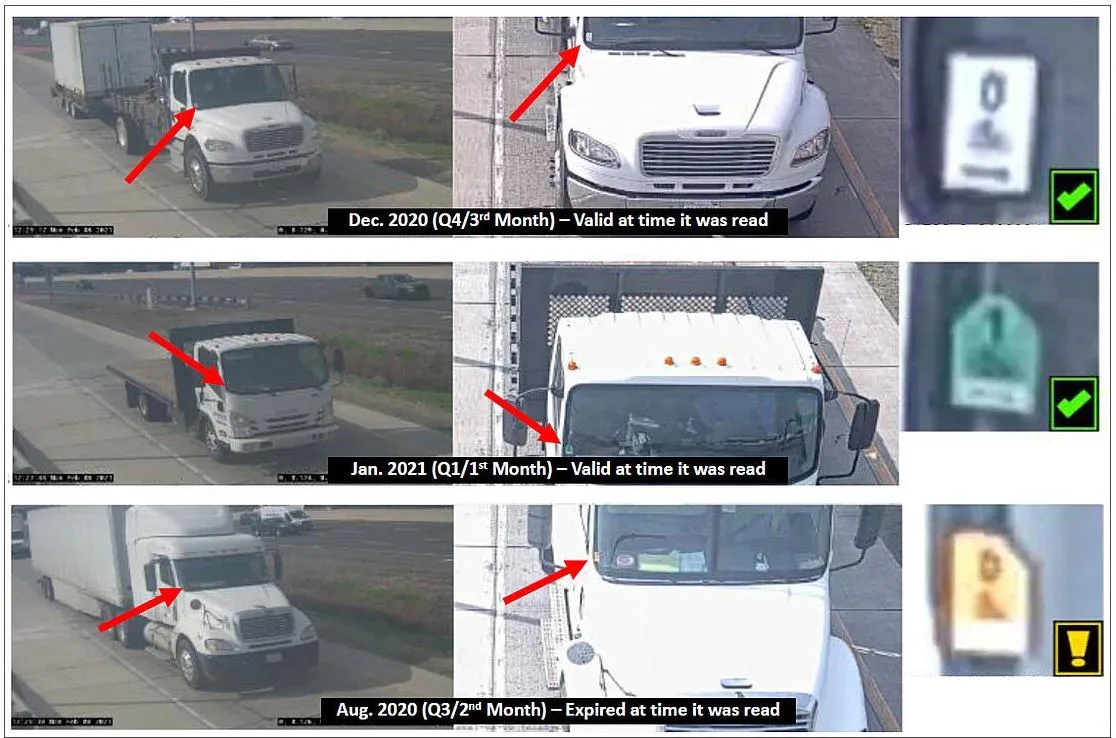NDI Recognition Systems has announced the latest release of its Talon ANPR engine and says that Version 8.2 includes enhancements to performance, international reading capability and a simplified set-up. For instance, it accommodates multiple lane capture on any system configuration and provides a high level of accuracy and performance without quality degradation. The engine supports ANPR reading from both the IR and the colour cameras feeds, which the company says is especially important in smaller project
January 27, 2012
Read time: 1 min

Using sophisticated probabilistic context-checking techniques, the software engine can be trained and configured for multinational number plate recognition and NDI Recognition Systems says the new Talon V8.2 release demonstrates an improved international reading capability for North and South America, EMEA and the Asian territories.








